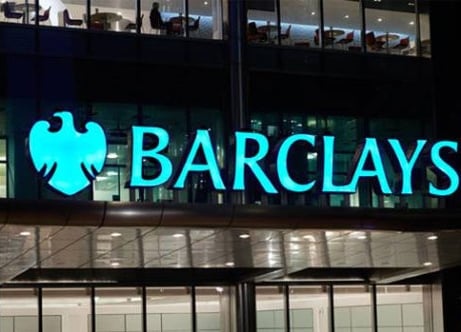
Barclays Bank of Kenya Ltd yesterday reported a profit before tax of Kshs. 2.7 billion for the period ended 31 March 2018, a growth of 8% compared to the same period last year. According to the bank, the performance is mainly attributable to a 9% growth in net interest income and a 26% drop in impairment in the period under review.
Customer deposits grew by 6% to Kshs.193 billion with transactional accounts representing 68% of the total deposits. Consumer Banking and Business Banking segments each recorded double-digit growth year on year.

During the period, Net Interest Income increased by 9% to Kshs 5.5 billion majorly driven by growth in government securities income which went up by 30%. Total yields on interest earning assets remained at 12.2% while net interest margin (NIM) dropped to 9.5% from 9.6% as at March 2017.
The bank posted a 2% drop in Net Customer loans to close at Kshs.166 billion. Key focus products mainly in the Retail and Business banking segment recorded strong year on year growth.
Jeremy Awori, Managing Director, Barclays Bank of Kenya said: “We continue to tactically position our loan book through derisking the portfolio to ensure maximum return. While growth in loans dropped year on year, investment in Government securities & dealing securities book increased by 71%.
In the quarter under review, we launched some exciting propositions such as Timiza, Signature Credit Card, La Riba Asset Finance, in line with our new growth strategy which is focused on building an efficient, customer-obsessed and digitally-led organisation. These products are recording impressive uptake with Timiza having crossed 1.2 million customers within less than two months.”
Other Highlights include:
Costs
The Bank costs stood at Kshs 4.4 billion reflecting 8% increase year on year. These costs are inclusive of a one off expense incurred to meet the Voluntary Exit Scheme (VES) program, thus the underlying costs dropped by 3%. We continue to manage our costs with a number of running initiatives. Top of these initiatives that helped manage these costs include automation of processing centres and investment in alternative channels to ultimately drive customer convenience and value. The savings derived are used to fund sustainable investments especially in automation and digitization.
Impairment
Impairment dropped 26% compared to similar period last year, largely attributed to concerted efforts to attain the highest level of underwriting standards as well as enhanced internal efficiencies on the collections and recoveries fronts.
The Bank’s average loan loss ratio stood at 1.4% from 1.9% in 2017 and coverage ratio stood at 72% (73% in 2017) while the statutory provisions remained nil; an indication of adequate provisioning way above the regulatory guidance.
Capital & Liquidity
Barclays Bank’s capital and liquidity ratios remain strong and resilient showing sufficient headroom above the regulatory requirement; with total capital adequacy ratio at 17.2% andliquidity reserve position at 36.2% against the regulatory limits of 14.5% and 20% respectively.
In conclusion, Barclays Kenya is well positioned for the future as underpinned by our new 5-year strategy which is focused on driving Growth, Transformation and Returns.




















